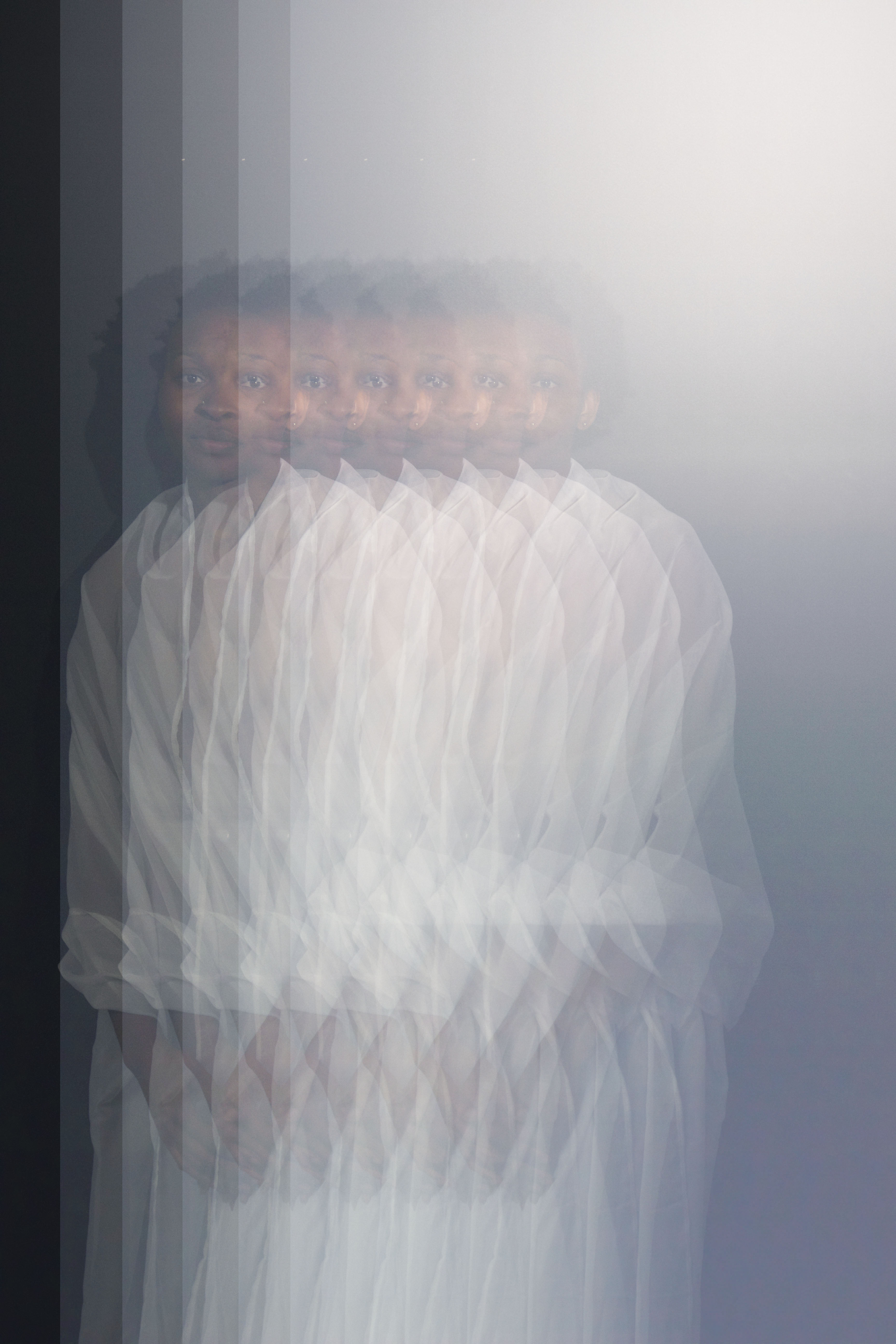

This past weekend, Sheila Chukwulozie ’17E performed her Theater and Dance thesis called “portrait | wound | fragment*,” largely created and acted out in collaboration with Amir Hall ’17 and a few friends. On the Amherst website, she describes her project: “[My performance is] an exploration of pain and fear that live in memory and appear in reflection. The entire performance is a cartography of my body as a void through which I find my identity and through which others have also defined me; an expressed exploration of my self as a fragmented — yet — whole, home/communal place where my friends and family find rooms that satisfy and even repulse their unique expectations.”
On Monday night, I sat down with Chukwulozie and Hall to learn more about the process of this intriguing, moving, revealing and honest piece.
“How do you define pain?” I asked.
Chukwulozie and Hall look at each other; Hall laughs and claps and rocks forward a little bit. After a few moments of quiet, he says, “We looked at the stages of pain” — “no,” Sheila guides, “the aspects, the colors and faces of pain” — “Yes,” Hall restarts, “we looked at the faces of pain...” But he laughs again and says, “I just don’t know!”
Then Hall says pain is the swelling in his hip, and Chukwulozie points to a bruise on her shin, then a scrape on her toe and discoloring in her forearm. Hall and Chukwulozie laugh and point to contusions that happened during the process of performing pain. “We don’t even know what happened!” They both laugh again.
Hall continues to attempt to express the concept of pain in words: “Pain is what lingers; it is a void, it’s in the darkness.”
Chukwulozie asks Hall, “By the end of the show, wasn’t it your goal to feel exhausted [from working through pain]?”
He answers, “Yes, yes. But I welcome pain, when it comes to me.”
Yet despite the many moments within the many months of preparation of working through pain and its manifestation in the body, and even after the final selfless act of performing this pain for themselves but also for the therapeutic means of others, these experts on pain, if you will, fail to define in concrete, direct or succinct words, its essence.
How did this process begin; how did Chukwulozie find a way to express pain more adequately than one can in words? Chukwulozie first described that she’s always been fascinated with the “double-self” — by the expectations others have of you based on your name, your face, your country of origin — but also with motherhood — through which there must be some combination of “self-care” and “self-sabotage.”
Chukwulozie found the push for the way to express this feeling while studying abroad in Prague. During her time in the Czech Republic, she visited a village that’s name translates to “Tuesday” in English. There, she stumbled upon a “community house” that many different people of different backgrounds had come together to build — yet it was based on exclusion, the expulsion even, of Germans. She claimed this house is not abstract — you see the “physical manifestation of all those differences.”
But her body, too, is a house of this sort. Chukwulozie explained, “And I started imaging, what if I’m the building? And people have different stakes in my body, in terms of what they want to see in me.”
But a body is not solid, not final, like a building, she said. “This is the motivation: For me, to say ‘I am’ is limiting because then it means I’ve sort of restricted myself from what or how I allow tomorrow to affect me ... How do I be a self in motion?”
There are rooms, compartments, of you that others occupy, that others continually influence. She felt many people in her lives influencing her own decisions and words, even throughout the process of planning this performance.
So, if a person is a compilation of every story they have heard, Hall asked Chukwulozie, “Where do you find your own voice among all the others you hear?”
In response, Chukwulozie says her own voice can only be the overtone — the sound that only in combining all these different voices, and is a pitch above, much higher than any one tone present. Her project was about collaboration, about a meandering journey to find the right way to express pain, among other feelings. Chukwulozie she was constantly changing direction, changing movements; Hall said Chukwulozie kept him on his toes. “There is no direct path to find gold,” Sheila explained. Reaching the epiphany of such a project means constantly changing your direction. “Each show on the three nights was different, the performances looked different, yet the essence stayed the same.”
Seemingly randomly, at one point Chukwulozie asked, “Amir, how did it feel to be in underwear on stage?”
“Oh it was so easy,” he replied. That was how they found gold.